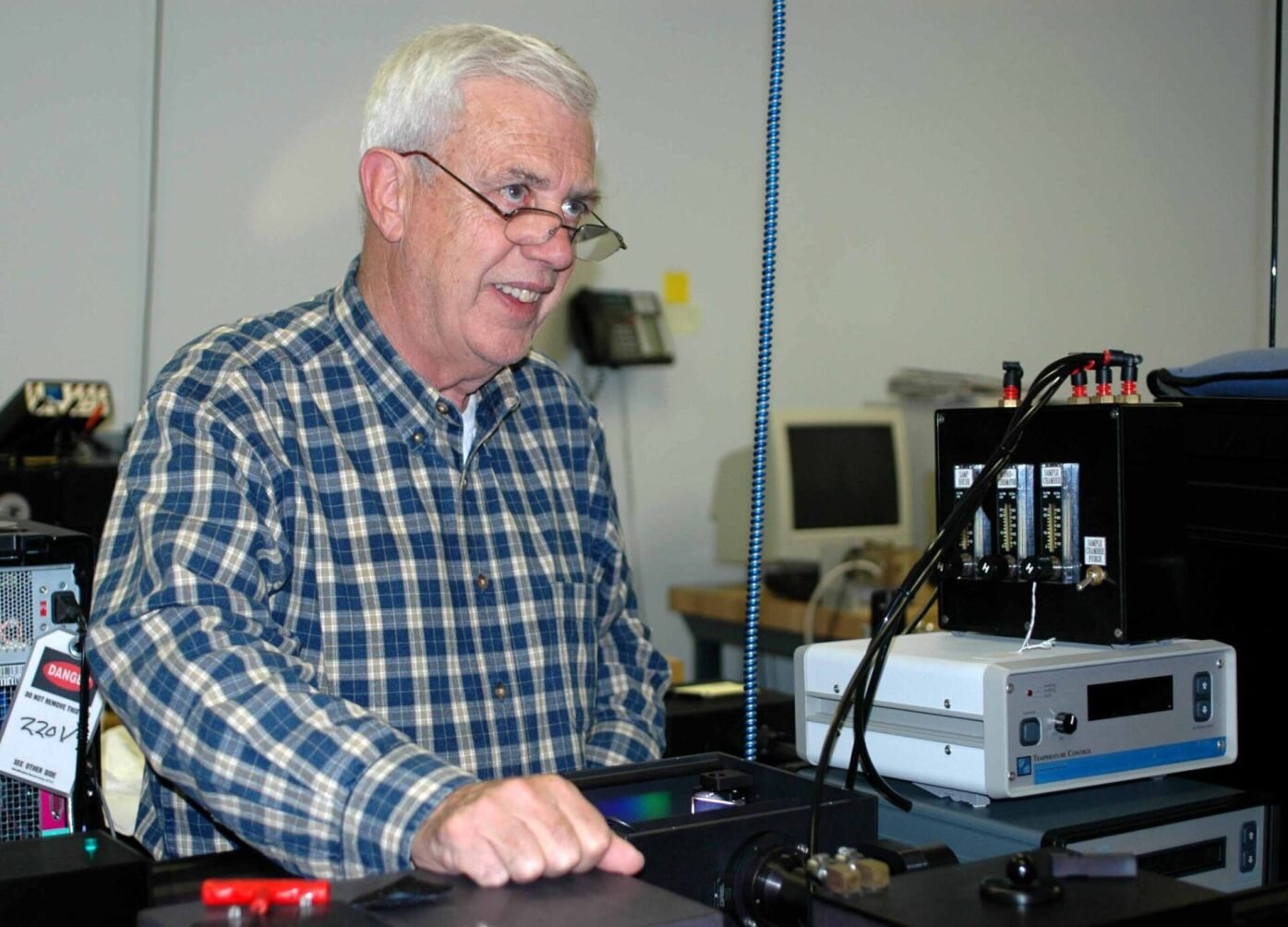The Definitive Guide for Uv/vis
Branch of spectroscopy Table-top spectrophotometer Beckman IR-1 Spectrophotometer, ca. 1941 Beckman Design DB Spectrophotometer (a double beam design), 1960 Hand-held spectrophotometer used in graphic industry Spectrophotometry is a branch of electromagnetic spectroscopy worried with the quantitative measurement of the reflection or transmission properties of a material as a function of wavelength.
Spectrophotometry is most typically used to ultraviolet, visible, and infrared radiation, modern-day spectrophotometers can question wide swaths of the electromagnetic spectrum, including x-ray, ultraviolet, noticeable, infrared, and/or microwave wavelengths. Spectrophotometry is a tool that depends upon the quantitative analysis of molecules depending on just how much light is soaked up by colored compounds.
The 7-Second Trick For Circularly Polarized Luminescence
A spectrophotometer is typically utilized for the measurement of transmittance or reflectance of solutions, transparent or nontransparent solids, such as polished glass, or gases. Numerous biochemicals are colored, as in, they soak up visible light and for that reason can be determined by colorimetric procedures, even colorless biochemicals can often be converted to colored compounds appropriate for chromogenic color-forming reactions to yield compounds appropriate for colorimetric analysis.: 65 However, they can likewise be developed to measure the diffusivity on any of the listed light ranges that usually cover around 2002500 nm using various controls and calibrations.
An example of an experiment in which spectrophotometry is used is the decision of the stability constant of a service. A specific chemical response within a service may take place in a forward and reverse instructions, where reactants form items and items break down into reactants. At some time, this chemical reaction will reach a point of balance called an equilibrium point.
The Only Guide to Uv/vis/nir
The amount of light that passes through the service is indicative of the concentration of particular chemicals that do not allow light to go through. The absorption of light is because of the interaction of light with the electronic and vibrational modes of molecules. Each type of particle has a specific set of energy levels connected with the makeup of its chemical bonds and nuclei and thus will take in light of particular wavelengths, or energies, resulting in distinct spectral homes.
The usage of spectrophotometers spans different scientific fields, such as physics, products science, chemistry, biochemistry. UV/Vis/NIR, chemical engineering, and molecular biology. They are extensively utilized in numerous markets including semiconductors, laser and optical production, printing and forensic examination, as well as in labs for the study of chemical compounds. Spectrophotometry is frequently used in measurements of enzyme activities, determinations of protein concentrations, determinations of enzymatic kinetic constants, and measurements of ligand binding reactions.: 65 Ultimately, a spectrophotometer is able to determine, depending upon the control or calibration, what substances are present in a target and exactly how much through computations of observed wavelengths.
This would come as an option to the previously developed spectrophotometers which were unable to absorb the ultraviolet correctly.
An Unbiased View of Spectrophotometers
It would be discovered that this did not provide satisfactory results, for that reason in Model B, there was a shift from a glass to a quartz prism which enabled much better absorbance results - UV/Vis/NIR (https://sketchfab.com/olisclarity1). From there, Design C was born with a modification to the wavelength resolution which ended up having 3 systems of it produced
It irradiates the sample with polychromatic light which the sample absorbs depending upon its properties. It is sent back by grating the photodiode variety which identifies the wavelength region of the spectrum. Ever since, the development and application of spectrophotometry devices has increased immensely and has actually turned into one of the most innovative instruments of our time.

The 5-Second Trick For Spectrophotometers
Historically, spectrophotometers use a monochromator consisting of a diffraction grating to produce the analytical spectrum. The grating can either be movable or fixed. If a single detector, such as a photomultiplier tube or photodiode is used, the grating can be scanned stepwise (scanning spectrophotometer) so that this link the detector can determine the light intensity at each wavelength (which will correspond to each "action").
In such systems, the grating is fixed and the strength of each wavelength of light is measured by a different detector in the variety. When making transmission measurements, the spectrophotometer quantitatively compares the fraction of light that passes through a referral service and a test service, then digitally compares the intensities of the 2 signals and calculates the percentage of transmission of the sample compared to the referral standard.

Comments on “Get This Report on Uv/vis”